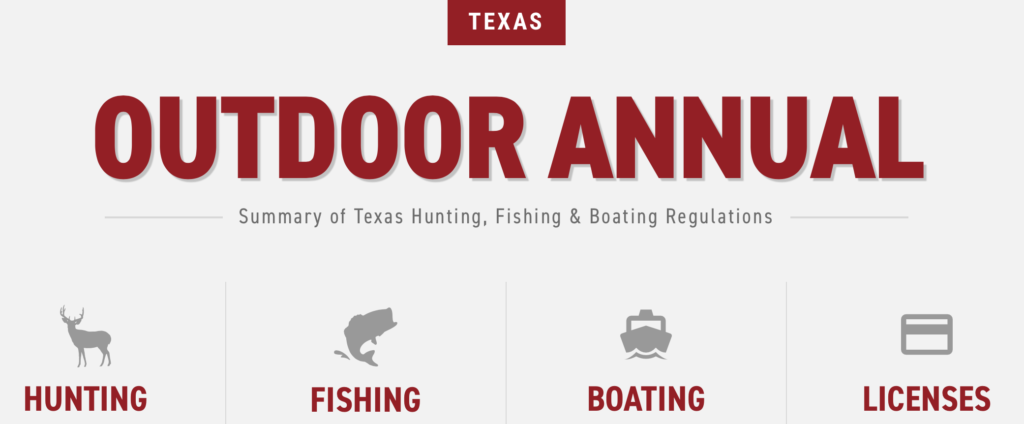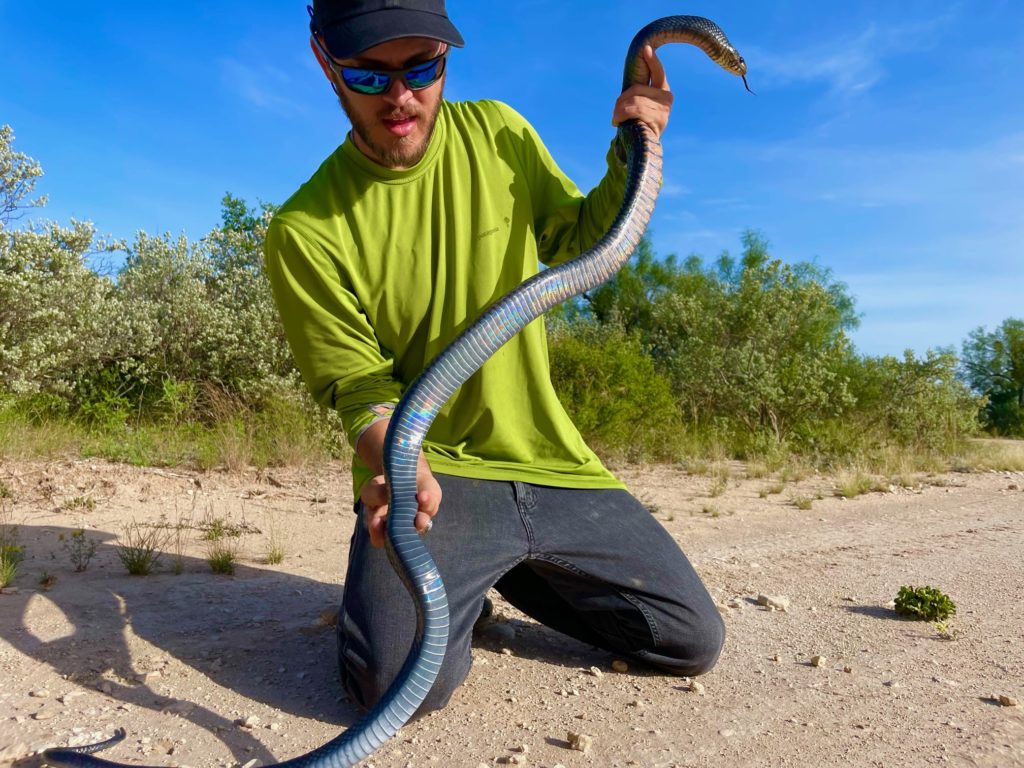Living and working in a major city like San Antonio comes with its share of perks, complaints, and oddities. One of the things that’s taken some getting used to is just how many folks at our office who have little to no experience with hunting, fishing Central Texas, or the outdoors in general.
Since I’m not shy about being an outdoorsman or sharing my passion for those topics, I encounter a lot of questions and curiosities. A question that comes up pretty regularly is: how can I get started with fishing if I’ve never done it before? There’s a lot of interest in this topic – particularly from guys who have young sons. I can appreciate wanting to share the outdoors with someone else, since that’s what Westbound Soul is all about. Hopefully this post will help bust the door to fishing in Central Texas open.
This is a tricky question for two reasons. The first being that I’m not the biggest, or the best, fisherman around. In fact, I’m more or a dabbler. The second reason is that Central Texas is a tough area for the unskilled to fish. I know first hand, from a lifetime of fishing Pedernales and Guadalupe riverbanks, dams, and tributaries.
I teamed up with Kevin from TX Sunrise Outdoors to put together a short but simple list of steps to get started fishing. Kevin was the founder and president of the Bass fishing team at Sam Houston State University, so he know’s a thing or two. This is not a definitive list but it’s a good place to start.
step 1 – get a license!
If you’re 17 years old (or older), the best bet is to just go ahead a get a fishing license from Texas Parks and Wildlife. There are exceptions to adults needing a license, such as fishing on private property or at state parks. However, your best bet is still to cover your ass (CYA) and get a license.
Kevin’s advice: For Texas residents, I suggest purchasing the All-Water package for $40. This gives you the ability, legally, to fish freshwater and saltwater. Up to a $500 fine awaits you if you get caught fishing without a license.
step 2 – find a fishing spot.
I was stuck between this topic and buying the gear for #2. This is kind of like the chicken or the egg argument. Knowing what I know now, I suggest knowing where you plan to fish before you start investing in gear. Some questions to keep in mind:
- What type of water is it? River? Lake? Bay or marsh (if you’re on the coast)?
- Will you be fishing from a boat? Pier? Riverbank? Shore?
- What kind of above ground obstacles will affect your ability to cast? Dock beams? Wind? Tree branches? Brush or other foliage?
- What type of top water and underwater obstacles might you encounter? Fallen limbs? Lilly pads? Moss? Reeds?
Pick a spot and do your research. Scout it out in person and head to google to see what other anglers have to say about a particular spot.
Kevin’s advice: A great spot to start is a small pond in your neighborhood. Most ponds are stocked with sunfish/panfish and bass. If you’re taking a child fishing, sunfish should be your first species to target. They are easier to catch and you can catch a lot. The key to taking any newcomer fishing, whether it is a child or yourself, is making sure fun is being had…not boredom.
step 3 – get some gear.
If you’re a true beginner, head over to Zebco for rod and reel combos. They have some really good stuff for noobs. One of the great things about their reels is the ease of use. Just click, aim, toss, and reel. No need to worry about bait-casting bird nests, or flipping a spin-caster bail.
Get a small tackle box and a handful of lure, plastic baits, hooks, extra line, and stringers. Something like this should be just right. Don’t forget sunglasses, sunscreen, bug spray, etc.
Kevin’s advice: A Zebco is perfect for targeting sunfish. As noted above, they are extremely easy to use, and will cast the small, light lures needed to catch sunfish. If you try using a baitcast rod and reel, you’ll find it very difficult and frustrating. If you’re going to target sunfish/panfish, head over to your local Academy or Walmart find the panfish lures. These lures will catch bass also. If you’ve already mastered the Zebco and want to upgrade to a baitcast in order to truly target bass, I suggest buying a rod and reel combo that fits your budget, but make sure the rod is a medium heavy. A medium heavy rod will give you the ability to cast a variety of lures. Speaking of lures, keep it simple. Texas rig soft plastics, spinnerbaits, Rat-L-Traps, and Pop-R topwaters are all you need to get started catching bass in no time. Lastly, spool the reel with 12 pound test Berkley Trilene XL monofilament. This is a great all around line that is abrasion resistant.
step 4 – practice a lot.
Whether you get a fake rubber lure to practice casting, work on tying fishing knots, or just practice baiting hooks. Fishing is about consistency and, in situations where the fish are biting like crazy, it’s about speed. Sometime you’re catching them so fast that it seems like you can’t keep your hook baited.
Kevin’s advice: Youtube is a great tool to use for learning. See the links above. You can search anything you want to know and quickly become proficient at it.
Step 5 – Don’t give up.
step 5 – don’t give up.
Fishing is a sport that hands out a lot more bad days than it does good ones. More often than not, you’ll go hours without a catch or even a bite. Especially when you’re still figuring out which lures, baits, and casting spots work best for you.
Kevin’s advice: Do not get down on yourself. Even the professionals struggle, and when they least expect it, BOOM, they get a strike and bring in a biggun’! Be sure to stay focused at the task at hand. Put your phone on silent, or leave it in your vehicle. Being focused on each cast and retrieve is vital in catching a fish. Nothing is worse than missing a bite because you were looking at your phone, or day dreaming about something else!

